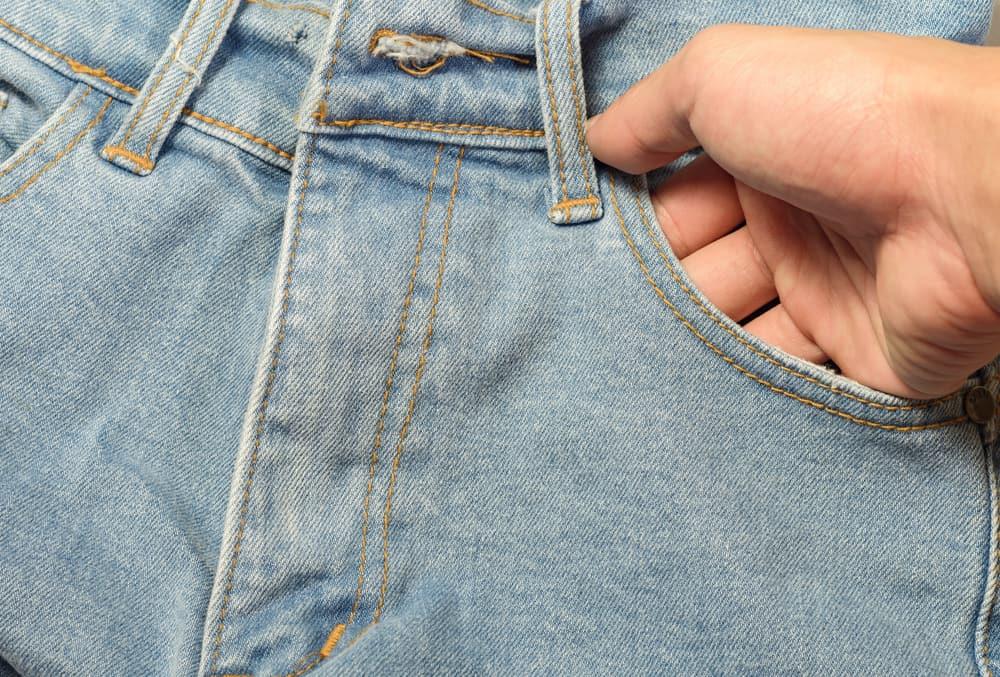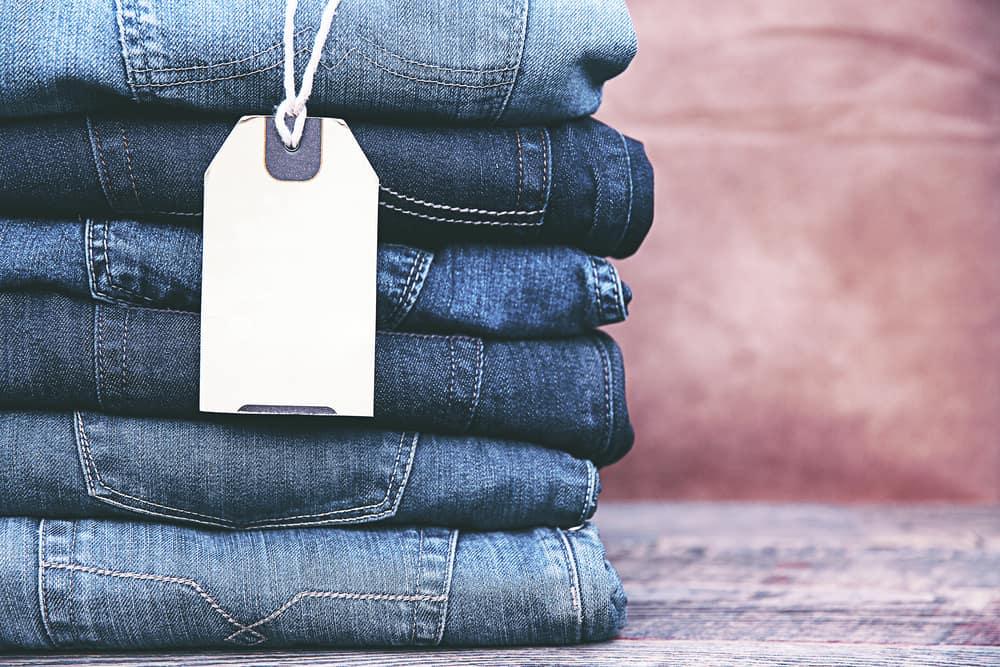
Jeans are one of America’s most important contributions to the world.
You are viewing: Why Are Jeans So Expensive
Their comfort, durability, and ease of care make them a go-to garment
The price range for jeans is stunning.
They can cost as little as $10 and up to $3,000 or more.
But, why are they so expensive?
Why Are Jeans So Expensive? (Top 10 Reasons)
1. The Material
For the most part, all jeans are constructed from 100% denim or cotton.
Denim is a type of cotton material made in a twill pattern which gives the jeans their durability, but it’s not the same as cotton.
High-quality denim is heavier and more substantial than cheaper denim.
You will be able to feel the difference in your hand.
They often (but not always) have a high stitch count, meaning more thread is used per square inch.
This high thread count gives these jeans their suppleness.
For example, expensive jeans that don’t have a high thread count are often throwback or vintage jeans, recreations of early Levi Strauss.
Also, the kind of dye used on the jeans can add a considerable cost.
For example, a Japanese jeans maker called Momotaro hand dyes the denim threads with indigo before even assembling the fabric.
The price range for Momotaro jeans is between $300 and $2,000.
Individual designers will also sew different thread colors into the twill pattern to give the jeans a slightly different look.
This threading can make the jeans look different under certain lights or make the color seem deeper and more complex.
Side note: One of the most interesting things about jeans is how they have gone from a working-class clothing item to a sign of status and wealth.
Jacob Davis had created the clothing item for the miners of Nevada, but he didn’t have the money to patent his invention.
Thus, in 1873, in partnership with Levi Strauss, who paid the fee, the men patented a pair of highly durable pants called initially “waist overalls.”
The customers for these pants were the dock workers, day laborers, and gold miners of San Francisco.
Women’s jeans were not manufactured until the 1930s and were considered scandalous.
No woman of wealth or means would be caught dead in “blue jeans.”
2. The Process
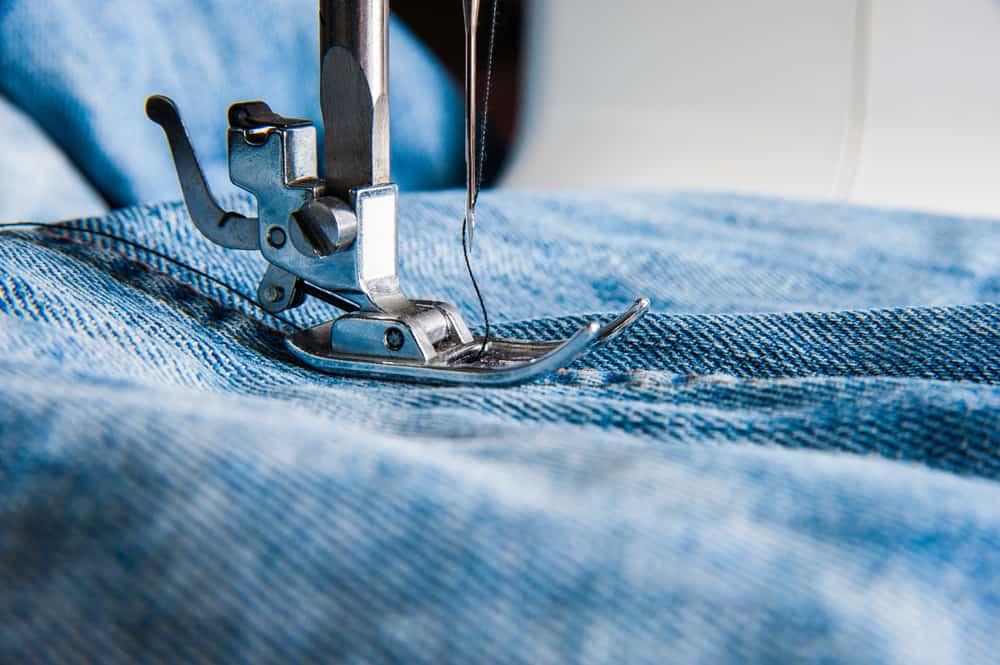
Once a designer has picked the material, it’s time to assemble the jeans.
As with luxury sheets, a higher thread or stitch count means a sturdier and softer material.
This higher stitch count means more fabric is needed for each pair of jeans.
Since many expensive jeans are made by hand, errors can become very costly.
Therefore, you need skilled laborers to handle this work with speed and precision.
A well-made pair of jeans will have the flap over the zipper lie flat rather than gap open, leaving the zipper in view.
You have choices in the button’s material, but the button should always feel secure, not as though you will be able to pull it from the jeans.
Additionally, the rivets that make jeans so strong are made of several different materials, like copper, aluminum, gold, silver, and platinum.
All these items assist in giving expensive jeans the long life for which they are known.
Side note: The most expensive jeans in the world are the Secret Circus Diamond Encrusted Jeans, which cost a whopping $1.3 million.
The next most costly jeans are Levi’s Dussault Apparel Thrashed Denim costing $250,000.
What makes these jeans so pricey?
The Secret Circus jeans have diamond details, and the Levi’s are encrusted with gold.
3. Long Lasting
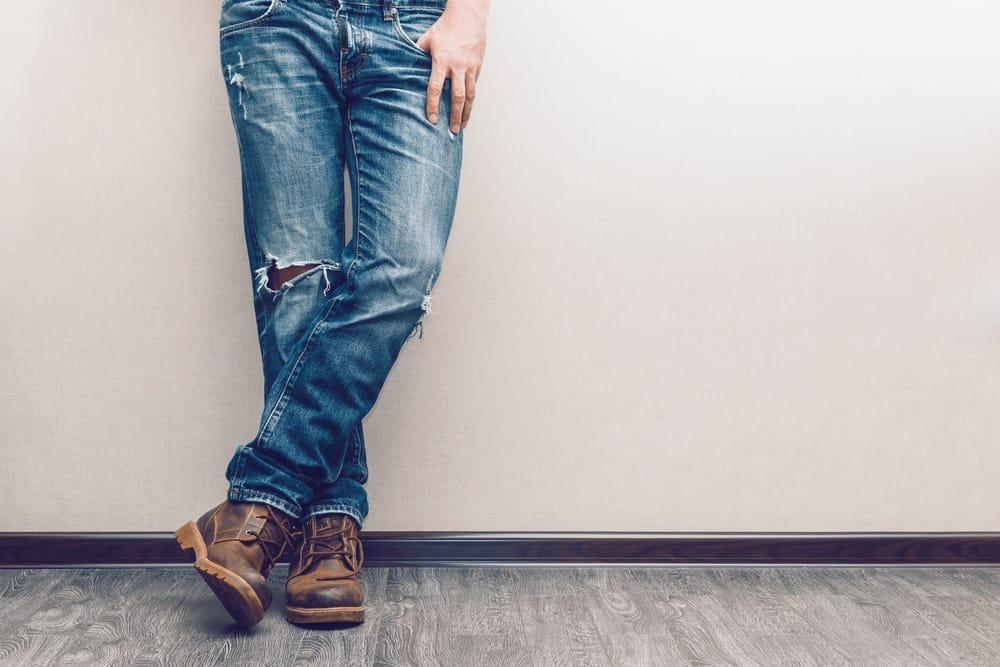
It would be best if you didn’t have to replace a pair of $1,000 jeans after a year.
They are built to last.
Often, you will see a little white line appear at the seam when you put them on with cheap jeans.
That usually means that the seam will start to pull apart the more you wear them.
As was mentioned before, an increased stitch count means a stronger seam.
It’s rare that they will open at the seams, or you will need to have the button replaced.
Expensive jeans become softer over time.
Read more : Why Is The Grimace Meal So Expensive
They become more individualized as time goes on.
Side Note: There are multiple stories of 100+-year-old jeans found worldwide.
For example, a 100-year-old pair of jeans was found at the bottom of an old silver mine in California.
They were very worn.
By contrast, a 124-year-old pair of Levi’s was found in a hope chest and had never been worn.
4. Different Options
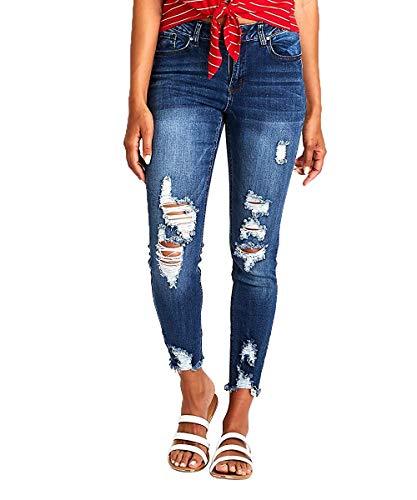
Resfeber Women’s Ripped Boyfriend Jeans Stretch Distressed Jeans Capri Mom Jean with Hole
While plenty of clothing stores have ripped jeans, a pair of authentically distressed jeans requires time and effort.
While it’s possible to distress your own jeans with a block of wood and a cheese grater, the people who want that truly lived-in look but don’t want to take the time to live in the jeans first are willing to pay plenty of extra money to have someone else perform the labor-intensive task.
Some tools to make distressed jeans include lasers, pumice stones, rocks, acid, industrial graters, sandpaper, razors, bleach, and even spray paint.
Side note: The distressed jean look can be traced to rockstar Iggy Pop and the punk movement of the 1970s.
The look was picked up and exaggerated by other punk rockers and their fans and became mainstream with the arrival of grunge in the 1990s.
Those are the basics of jean manufacturing, but we all know there is a lot more to consider about the price of jeans than how much it costs to make them.
Let’s look at the additional pressures that drive up the prices of jeans.
5. Changes In The Supply Chain
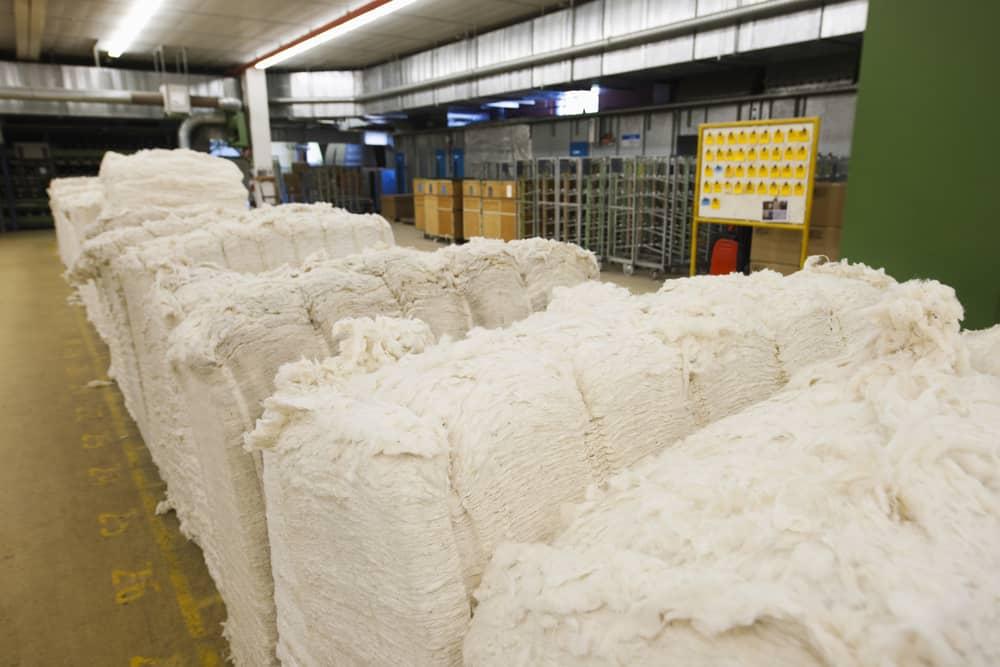
We are all living in a global economy.
If there is a problem in one part of the world, it will affect how much we pay for essential goods everywhere.
If a significant cotton-producing country experiences droughts, floods, extreme weather conditions, etc., the price of cotton shoots up.
Prices also rise if various large populations change their clothing or spending habits.
Cotton distribution now must be spread a little thinner.
Side note: There are 100% cotton jeans. They look like denim jeans, but they are stiffer and even uncomfortable at first. The benefit is that they stretch and conform to the wearer without stretching out of shape altogether. The price tag on these jeans usually starts at $50.
6. Research
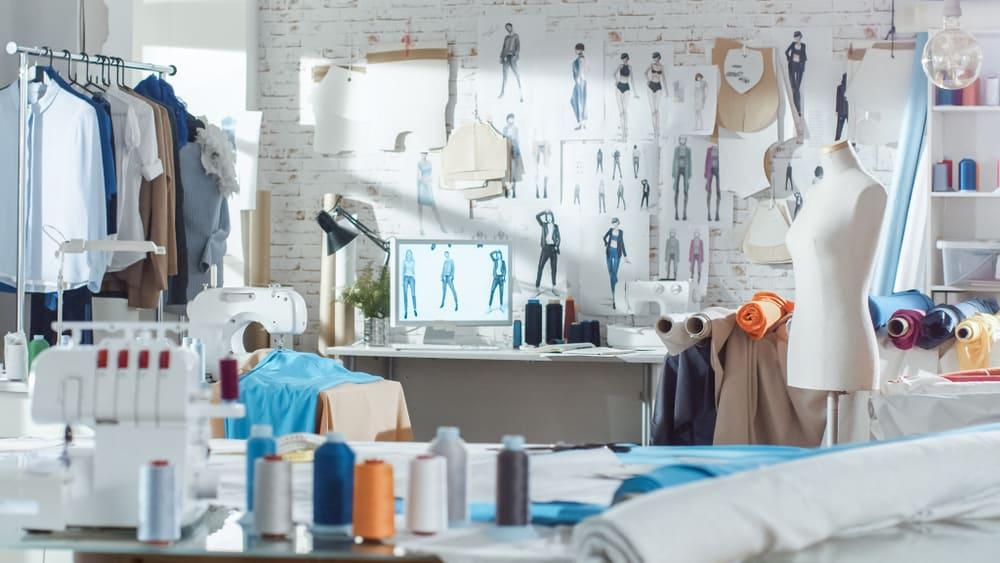
Clothing design is a wildly competitive and fickle business, and clothing companies must constantly look to create the next big trend to stay relevant and lucrative.
Vast sums of money are spent researching and finding the next up-and-coming designer.
Parties, massive giveaways, and sponsoring events that exemplify the brand are all part of the expense that shows up in the price tag of jeans.
Now more than ever, high-end clothing design is a lifestyle symbol.
The product must be seen in that lifestyle, which means that if I’m a designer who wants his jeans associated with jet setters who travel from one European city to another, I need to make sure that my jeans are seen on these jet setters.
Side note: Ed Hardy was one of the most successful brands to capitalize on lifestyle marketing. This company blasted into the spotlight by ensuring its clothing line was seen by celebrities at every opportunity. Celebrities were encouraged to come into the store and pick out whatever they wanted. One of the biggest celebrity supporters of Ed Hardy was Paris Hilton.
7. Limited Production
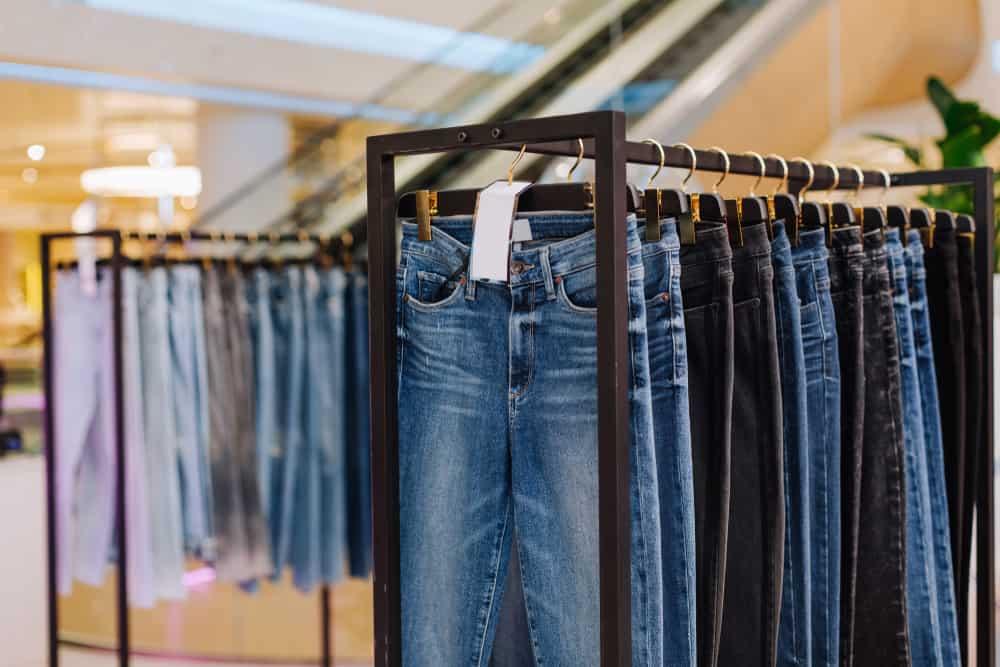
Another essential marketing technique for high-end clothing brands is limited production.
As we saw with the manufacturing process, production can often be limited by the required degree of detail and human effort.
In addition, one of the most successful marketing strategies is to create a sense of scarcity and, therefore, exclusivity.
Luxury branding is often about storytelling and the idea that a product has been made “just for me.”
This mentality drives collectors of all stripes.
When a clothing label indicates a small batch of jeans is in production, it instantly because a must-have among those with the means to buy them.
We’ve seen the same phenomenon with sneakers.
Limited availability and long lines make jeans and sneakers even more valuable to the lucky person who was able to buy them.
Under these circumstances, the price tag is no longer an issue because the designer is tapping into the customer’s self-identity.
Their imagination only limits the price they are willing to pay.
Side note: An economic philosophy is known as the Veblen Effect, first outlined by economist Thorstein Veblen. Conventional wisdom indicates that its cost goes down when an item becomes more popular. However, for certain things that carry prestige or cultural value in a society, the price goes up in response to the desires of the leisure class and wealthy.
8. Competition

With the rise of high-end sweatsuits and yoga pants, there was a noticeable decline in sales of jeans.
Athleisure came out of the gym and became the garment of everyday life.
As comfortable as jeans had always been, their comfort was nothing compared to the freedom of athletic wear.
Following the same pattern as jeans, a high-end market was created to cater to those who valued exclusivity.
To counter this activity, jeans designers began to rely on “vintage” styles (another way of saying distressed).
Read more : Why Does My Dog Keep Licking His Privates
The fashion industry developed a strategy to amplify the image of jeans wearers as social rebels and free thinkers.
While this move toward charging more for jeans seems counterintuitive, it generates more money for less effort.
This strategy of rebellion points back to creating a story around the meaning and symbolism of jeans that is more powerful than the literal value of the jeans.
Side note: The original rebel denim wearers were James Dean and Elvis Pressley. They turned jeans from a working man’s garment into a symbol of teen cool and poetic angst. The return of ’90s fashion and all that the 1990s represented combines our sense of nostalgia with jeans designers’ ability to make expensive jeans a way of life rather than just a clothing brand. Jeans are making a return.
9. Relatability

In the 1980s, a television show called Lifestyles of the Rich and Famous was popular.
Host Robin Leach gave viewers a glimpse into the extravagant lives of the ultra-wealthy.
The show’s appeal was how different the lives of wealthy people were from the lives of the rest of us.
As time moved on, we began to see rich people, such as Paris Hilton, on The Simple Life outside of their native environments.
More importantly, we saw them in settings that ordinary people could recognize, like farms, grocery stores, offices, etc.
We transitioned from the idea of rich people as aspirational to wealthy people who are relatable.
The rich also transitioned.
They no longer held themselves apart from general society, at least in their daily dress.
Something is comforting and relatable about seeing The Duke and Duchess of Windsor in jeans.
At first glance, the difference between jeans seems minor, but that relatability turns into the idea of “I could be that, too.”
This phenomenon is fascinating because there are more ultra-wealthy than there have ever been before, and their lifestyles are just as dramatically different from the average person’s as they have always been.
However, people tend to be more trusting of a tech billionaire in a hoody and jeans than a hedge fund manager in a three-piece suit.
Side note: This change in how we view the rich coincided with the rise of social media. We began to hear from celebrities and the rich in their seeming authentic voices rather than the carefully curated tones developed by movie studios and public relations firms.
What drove the incredible success of platforms like Instagram and Twitter is that, theoretically, we could be in the same conversation as our favorite celebrity.
They went through the same things as the rest of us as they let us into their kitchens to watch them bake, see the world’s most beautiful women without makeup, and hear the insecurities and hopes of our favorite action heroes.
10. People Will Pay

Designers, manufacturers, and retailers are all aware of the same fundamental wisdom.
The price adjusts to what the market will allow.
The particular magic of jeans is that, as cultural norms and self-identity change, jeans can meet us wherever we are in our lives.
Whether it’s teenage rebellion or Saturday’s tinkering with the car, there is a brand or style of jeans that we will pay for at any price.
An exorbitantly priced pair of jeans says something different about the wearer than a thrift store pair, regardless of how similar they are in appearance.
Jeans are firmly ensconced in the world’s wardrobe.
As with many things in modern life, the price of an item becomes disconnected from the item’s actual value as we become more attached to the story and the prestige that said thing brings.
Conclusion
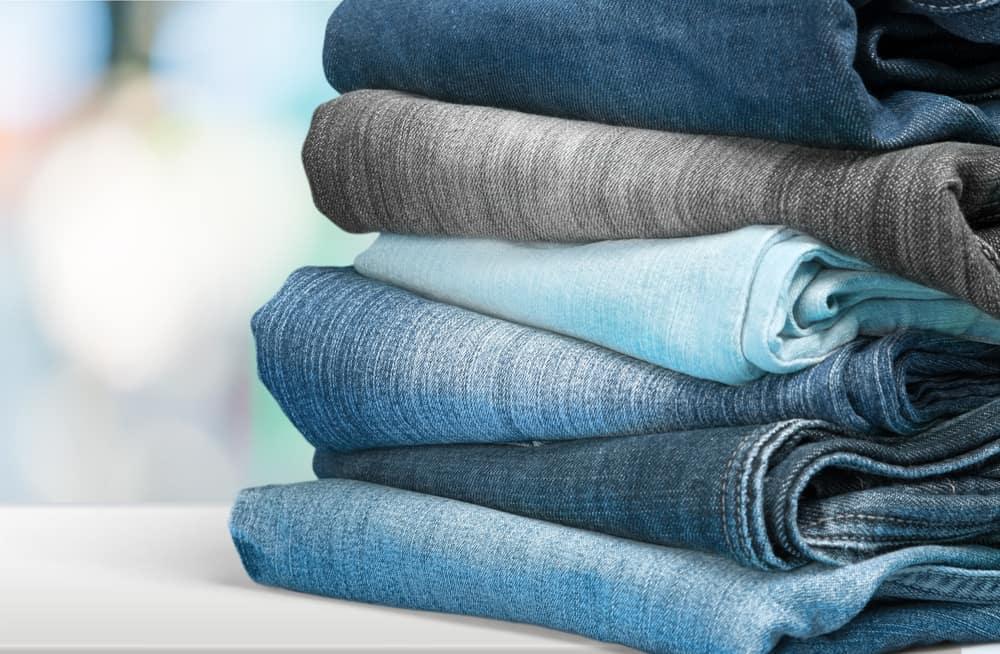
None of this means that you shouldn’t be willing to pay a little more for jeans.
There are plenty of good reasons to level up your jeans budget.
Why pay a higher price for jeans?
1. They Will Last Longer
The adage you get what you pay for is true when it comes to buying jeans.
If you are looking for trendy, cutting-edge jeans (I’m talking to you, ultra-low waist), then it’s wise to adjust the amount you pay for them.
As the next jeans trend arrives, your jeans might end up as a donation or be buried at the back of your closet before you decide to wear them again.
2. As They Age, They Become More And More Personalized To Your Body
Well-made jeans seem to adapt to your body.
They become more comfortable as time goes by.
There are a couple of things to remember about taking care of well-made jeans.
- It’s better to hand wash them in soapy water and then hang them to dry.
- Don’t use the heavy-duty cycle if you put them in the washing machine.
- Wash your jeans in cold water.
3. They Are An Enduring Fashion Choice
The beauty of jeans is that they are both trendy and timeless.
If you pick comfortable and well-made jeans, they can be worn for years without ever feeling dated.
Society is very much about fast fashion nowadays, but there are a few wardrobe staples that we should buy for the long term.
A good pair of jeans is one of them.
4. More Expensive Jeans Tend To Be More Flattering
Higher-priced jeans make us look better.
They tend to give where they are supposed to and support where support is needed.
Because they grow softer over time without stretching out, the wearer can trust that they will fit the same way every time.
Tailored jeans are even more flattering as they are cut explicitly to the wearer’s form.
While this service isn’t cheap, it is not prohibitively expensive either.
NEXT: Do McDonald’s Frappés Have Caffeine? (Explained)
Source: https://t-tees.com
Category: WHY

